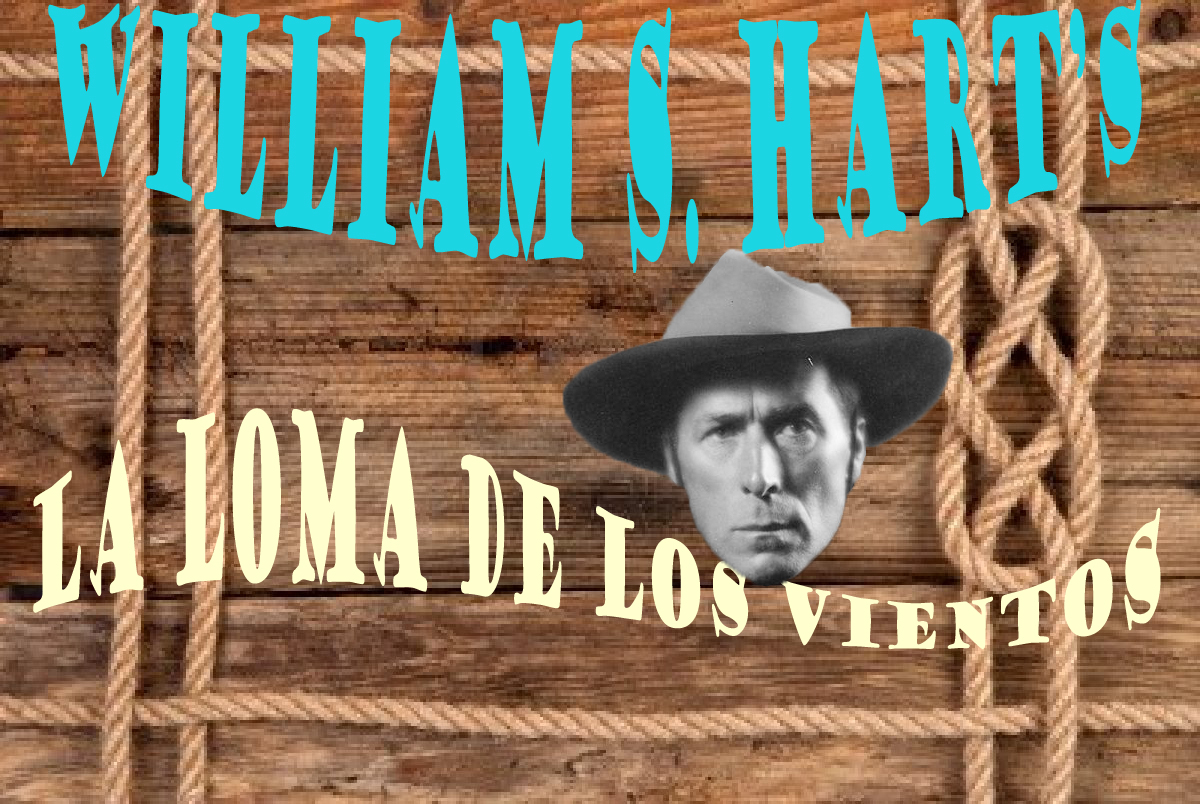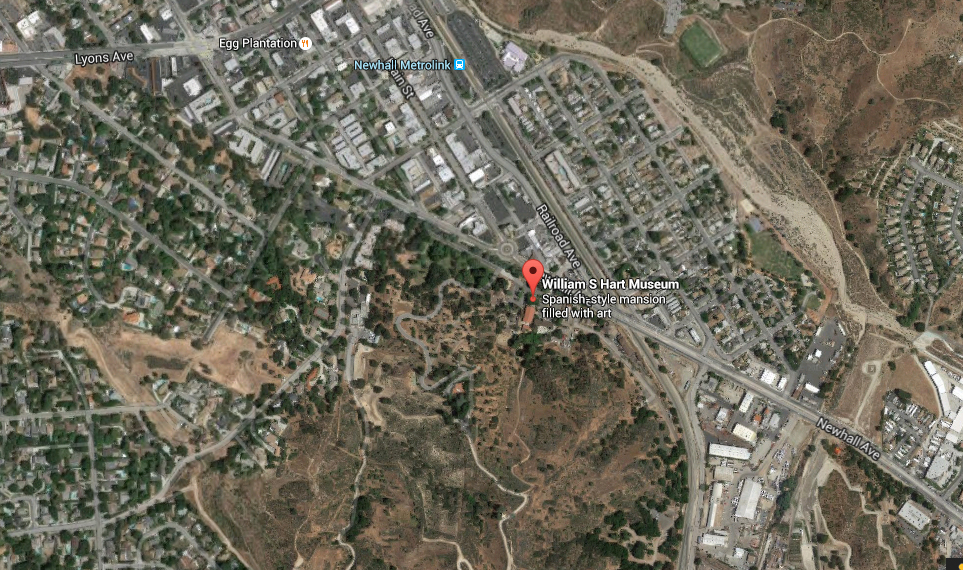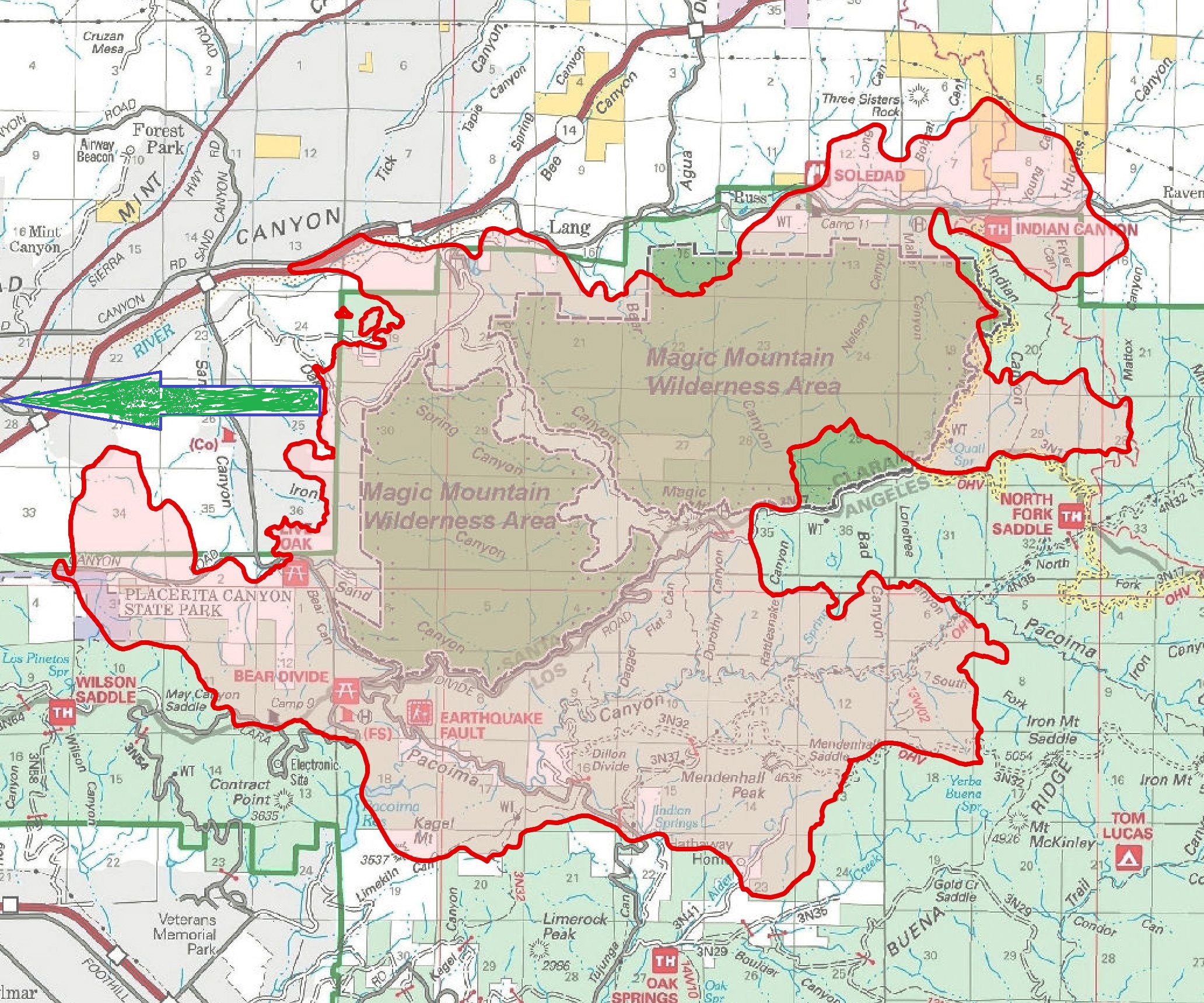

Location:
The United States of America

William S. Hart
Nestled in the hills of the one time community of Newhall in Southern California is a small world class museum with a delightful history. Normally one would not expect to find a historical treasure in such an unassuming suburbia location. In the Santa Clarita valley area, Newhall was the first permanent town in the valley, so there is history here.
The Lyons Stagecoach Station Stop, once used in the 1850's as a stop for Kern River Gold Rush, was located only a few miles away (Southwest) from where the town now stands (today the Lyons Stagecoach stop would be found in the Eternal Valley Memorial Park).
Newhall, once called Elayon (Southern Pacific railroad had a train station at Elayon about 1 mile from Newhall, about three miles to the Tunnel), and therefore Newhall was the southernmost and oldest community of Santa Clarita, California. In 1987 Canyon Country, Saugus, Newhall, and other neighboring communities were all consolidated into the city of Santa Clarita.
.jpg)
Newhall, 1919, Image via Wikipedia
With this Southern California village located only about 40 miles north of the major film studios we can expect that some locations in the Newhall area would be used for motion picture films.
So what does all this SoCal history have to do with the William S. Hart museum? Patience my friend patience! It all starts with William Surrey Hart being born on December 6, 1864 in Newburgh, New York. Hart’s stage career came about in 1888 (at age 24) as a member of a stage company headed by Daniel E. Bandmann. After stints of directing shows for the Asheville Opera House and as a Shakespearean actor in a few Broadway plays, he eventually ended up in the West as he was fascinated by all things "West" to the point of actually acquiring Billy the Kids pistols!
William Hart acted in his first film and later achieved success in the silent film "The Bargain" circa 1914 (he would have been about 50 years old by then!). Here is what Wikipedia states about William Hart's success:
Many of Hart's early films continued to play in theaters, under new titles, for another decade. In 1915 and 1916 exhibitors voted him the biggest money making star in the US. In 1917 Hart accepted a lucrative offer from Adolph Zukor to join Famous Players-Lasky, which later merged into Paramount Pictures. In the films Hart began to ride a brown and white pinto he called Fritz. Fritz was the forerunner of later famous movie horses known by their own name, e.g., horses like Tom Mix's Tony, Roy Rogers's Trigger and Clayton Moore's Silver.
By the early 1920's the style of western films was changing and the public wanted more of the Tom Mix style who wore flashier costumes and with faster action and less morality, as this was the Roaring Twenties. Paramount then dropped Hart. William Hart attempted to make one last bid for his kind of western. He produced and starred in Tumbleweeds (1925) using his own funds. Hart then arranged for the film to be released independently through United Artists.


Sand Fire in Santa Clarita.
July 29, 2016
The Sand Fire was at 85 percent contained today after scorching more than 38,000 acres in the Santa Clarita area, destroying 18 homes and killing a man.
As of this morning, the fire had scorched 38,873 acres, according to the U.S. Forest Service.
This huge brush fire was at one time close to the William S. Hart Museum. The fire is now almost completely out now but the danger still remains in all of Southern California due to mans intervention into stopping what nature has been doing for thousands of years.
The map below show the approximate burn area of the fire. The GREEN arrow shows the approximate location of the museum!

Next: The creation of "La Loma de los Vientos".

